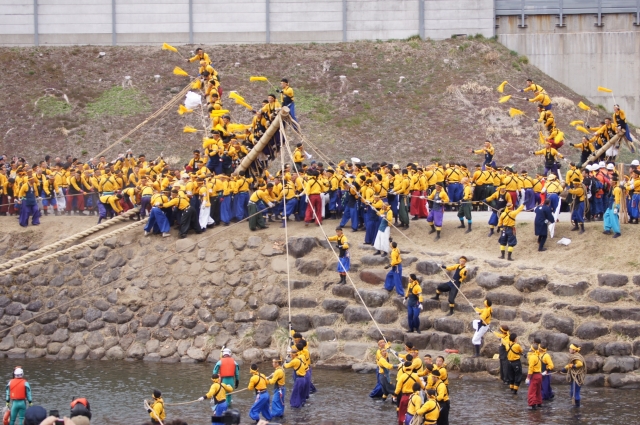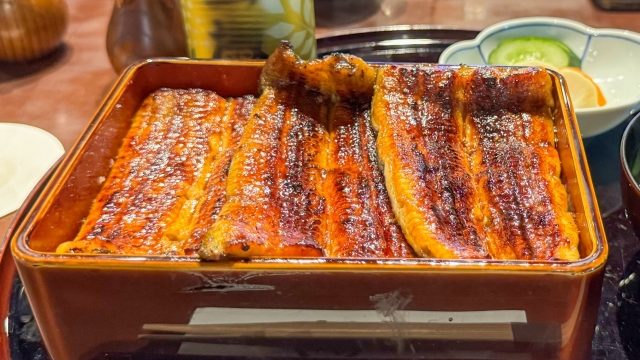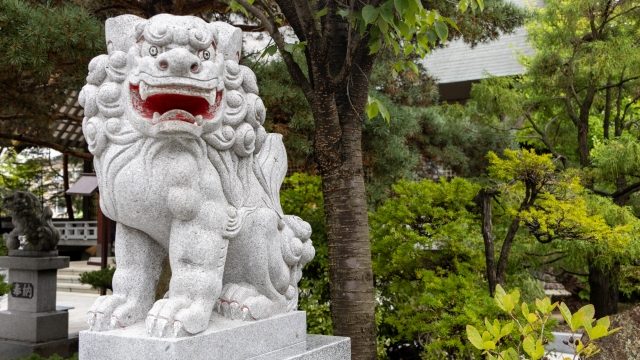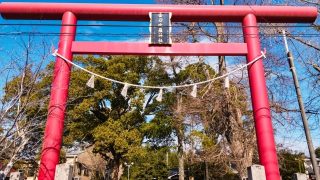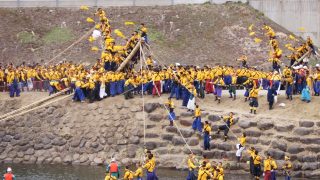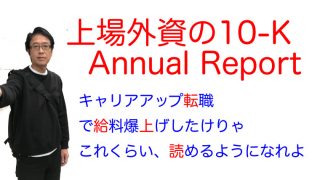The Onbashira Festival, held once every seven years in the Suwa region of Nagano Prefecture, is known as one of Japan’s oldest sacred rituals. This grand festival, which involves transporting massive centuries-old trees down from mountains and erecting them at the four corners of the shrine, has attracted global attention as a dangerous traditional event. This article explains the history and highlights of this thousand-year-old festival from an American perspective, including information about the next celebration and what visitors can expect.
目次
- The Ultimate Guide to Suwa Taisha’s Onbashira Festival: Japan’s Breathtaking Log-Riding Ritual
- What is the Onbashira Festival?
- The Spiritual Significance
- Experiencing Onbashira as a Foreign Visitor
- Cultural Context for American Visitors
- Practical Tips for Foreign Visitors
- Beyond the Festival: Exploring Suwa
- Conclusion: A Once-in-a-Lifetime Cultural Experience
The Ultimate Guide to Suwa Taisha’s Onbashira Festival: Japan’s Breathtaking Log-Riding Ritual
Deep in the mountains of Nagano Prefecture lies one of Japan’s most spectacular, dangerous, and ancient festivals that few international travelers have witnessed. The Onbashira Festival (御柱祭, Onbashira Matsuri) at Suwa Taisha shrine combines religious devotion, community strength, and heart-stopping courage in a centuries-old ceremony that occurs just once every six to seven years. If you’re looking for an authentic Japanese cultural experience far beyond the tourist trail, this legendary festival should be at the top of your bucket list.
What is the Onbashira Festival?
The Onbashira Festival, literally meaning “honorable pillars,” is a Shinto ceremony held every six to seven years (traditionally in the years of the Tiger and Monkey in the Chinese zodiac) at Suwa Grand Shrine. Dating back over 1,200 years, this festival involves the felling of sixteen massive fir trees from the sacred Mt. Okoya, which are then transported down steep mountain slopes and across a river before being erected as the new sacred pillars at the four corners of the shrine’s main buildings.
The festival is divided into two main parts:
Yamadashi (山出し) – Spring Log Cutting and Transport
During the first stage typically held in April, trees are selected, blessed, cut down, and transported down the mountain in an event known as “Kiotoshi” (木落とし) or “tree falling.” In this most famous and dangerous part of the festival, local men ride the massive logs as they hurtle down steep slopes, demonstrating their bravery and faith. Injuries are common, and fatalities have occurred throughout the festival’s long history, yet participation is still considered a great honor among local men.
Satobiki (里曳き) – Summer Pillar Raising
The second phase usually takes place in May, when the logs are decorated and dragged by thousands of participants through town to the shrine. The climax occurs during “Tate Onbashira” (建御柱) when the massive pillars, weighing several tons each, are raised using only ropes, traditional tools, and human strength. Men climb to the top of the rising pillars in a demonstration of skill and courage that has remained largely unchanged for over a millennium.
The Spiritual Significance
At its core, Onbashira is a renewal ceremony. The replacement of the sacred pillars symbolizes the renewal of the shrine and the spiritual connection between the people and their deities. In Shinto belief, the fresh timber brings new vitality to the shrine and ensures continued divine protection for the community.
The festival is dedicated to the Suwa deities who, according to legend, helped the local people during a time of terrible flooding. The pillars are thought to connect heaven and earth, serving as conduits for the gods to descend to the human realm.
Experiencing Onbashira as a Foreign Visitor
When to Go
The next Onbashira Festival will be held in 2022, followed by 2028. The exact dates are announced several months in advance, but the festival generally takes place in April (Yamadashi) and May (Satobiki).
Where to Stay
The town of Suwa and surrounding areas get extremely crowded during the festival. It’s essential to book accommodations at least 6-12 months in advance. Consider staying in nearby cities like Matsumoto or Nagano City and making day trips to the festival events.
What to Expect
Prepare for large crowds, especially during the most famous events like Kiotoshi. The atmosphere is electric, with traditional music, drumming, and chanting accompanying the processions. Local food stalls offer regional specialties, and sake flows freely among participants and spectators alike.
The festival is an immersive cultural experience that engages all your senses. You’ll witness age-old traditions, feel the ground shake as massive logs are dragged through town, hear the traditional “Yoisa! Yoisa!” chants of the participants, and taste local festival foods unique to the region.
Photography Tips
The festival offers incredible photography opportunities, but be respectful. Some portions of the shrine ceremonies are considered sacred and photos may be prohibited. During the log-riding and pillar-raising events, position yourself early for the best vantage points, as prime viewing areas fill up quickly.
Cultural Context for American Visitors
For American visitors, several aspects of Onbashira provide fascinating cultural insights:
Community Over Individual
The festival exemplifies the Japanese value of collective effort. Hundreds of men work in perfect coordination to move and raise the pillars, with individual achievements always secondary to group success—a cultural perspective that often contrasts with American individualism.
Risk and Tradition
Americans might be surprised by the level of danger openly embraced in this officially sanctioned festival. Despite the risks, the community’s commitment to preserving this ancient tradition demonstrates the profound Japanese respect for cultural heritage and continuity.
Sacred Nature
The festival reflects Shinto’s deep reverence for nature. The careful selection of trees, the blessing ceremonies before cutting, and the belief that the logs themselves contain spiritual essence showcase a worldview where the natural and spiritual realms are deeply interconnected.
Practical Tips for Foreign Visitors
Getting There
From Tokyo, take the JR Chuo Line to Shinjuku Station, then transfer to the Limited Express Azusa bound for Matsumoto. From Matsumoto, take a local train to Chino or Suwa Station. The entire journey takes approximately 3-4 hours.
What to Wear
Wear comfortable clothes and sturdy walking shoes as you’ll likely be standing for long periods and navigating uneven terrain. During April and May, the weather can be unpredictable, so layers are recommended.
Language Assistance
While English signage is limited, during major festivals like Onbashira, volunteer guides are often available. The Suwa Tourism Association usually provides multilingual information pamphlets for international visitors.
Beyond the Festival: Exploring Suwa
While in the area for Onbashira, take time to explore other attractions:
Suwa Lake (諏訪湖, Suwa-ko)
Japan’s largest lake at this altitude offers spectacular mountain views and hot spring resorts around its shores.
Takashima Castle (高島城, Takashima-jō)
A beautiful reconstructed castle with excellent exhibits on local history and culture, including displays about the Onbashira Festival’s history.
Hot Springs (温泉, Onsen)
The Suwa area is famous for its natural hot springs. After a long day at the festival, relax at one of the many public baths or ryokan (traditional inns) with private onsen facilities.
Conclusion: A Once-in-a-Lifetime Cultural Experience
The Onbashira Festival represents Japan at its most authentic—where ancient tradition, spirituality, community strength, and breathtaking spectacle combine in a ceremony that has remained remarkably unchanged for over a millennium. For American visitors seeking a deeper understanding of Japanese culture beyond the familiar sights of Tokyo and Kyoto, witnessing this rare festival offers incomparable insights into the country’s spiritual heritage and community values.
The raw courage of the log riders, the communal effort of raising enormous pillars by hand, and the spiritual devotion that has sustained this tradition through wars, natural disasters, and modernization make Onbashira not just a festival, but a profound window into the Japanese soul. If you have the opportunity to witness this magnificent celebration, don’t hesitate—it truly is an experience like no other.
外資系企業への英語面接サポート・サービスで不安を解消しましょう!
stephenpong.com では、おひとりおひとりに合わせて
英語面接のサポートをレジュメの作成段階からご指導致します
まずは、お問い合わせください
自分で用意した英文レジュメはこれでいいのかな?
英語面接の質問とその答え方はどう準備したらいいの?
英語の面接に不安を感じる、模擬面接で練習したい?!
これらのお悩みをすべて解決します!
お気楽に下記フォームからご相談ください!
人生を動かしましょう!
ごく稀に、返信メールがお客様の迷惑フォルダに紛れ込んでいる場合がありますのでご注意ください。
